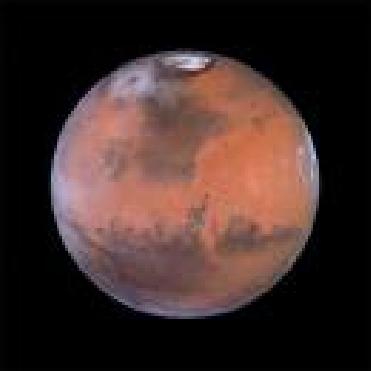
NEW YORK (BNS): Clay rock has been detected on Mars. The planet's Mawrth Vallis outflow channel where the layers have been found falls in the northern highland region, which is heavily cratered. Scientists say the Mawrth Vallis looks like a dried-up river valley where water once flowed. When water encountered basalt of volcanic ash, this clay must have been formed.
Janice Bishop of the SETI Institute used the Compact Reconnaissance Imaging Spectrometer for Mars (CRISM) aboard the Mars Reconnaissance Orbiter (MRO) to study the infrared light reflected from the clays.
The CRISM data shows an extensive swath of phyllosilicate-bearing material, a type of iron and magnesium-rich clay that forms in liquid water. It can be seen on the Earth, in oceans and riverbeds. There is proof in the spectra for hydrated silica, which in its pure, clean form is known as opal, according to Science magazine.
Bishop said, "We are surprised by the variety of clay minerals in this region. Nevertheless, what is interesting is that we find the same ordering of the clay materials everywhere in Mawrth Vallis. It is like a layer-cake of clays, one on top of another. All these layers are topped with a 'frosting' of lava and dust. We can see the clay layers where an impact crater has carved a hole through the surface or where erosion has exposed them."
He said this was part of the long-term effort to establish how widespread and for how long liquid water may have existed on Mars.
This data on the composition of soils in this region combined with the topographic information collected by the Mars Orbiter Laser Altimeter, the scientists have found that clay units in this region were emplaced in a layered fashion, with aluminum clays lying on top of hydrated silica and iron/magnesium clays. These clays may have been formed when water encountered basalt, which is the dominant component of the Martian highlands, and probably was produced from volcanic ash, which once blanketed the planet.
Team members in this project are Eldar Z. Noe Dobrea and Ralph Milliken of the Jet Propulsion Laboratory, Nancy McKeown of the University of California, Santa Cruz, Mario Parente, of Stanford University, Bethany Ehlmann, John F. Mustard of Brown University, Joseph R. Michalski, Francois Poulet and Jean-Pierre Bibring of the Institut d'Astrophysique Spatiale (France), Gregg A. Swayze of the US Geological Survey, and Scott L. Murchie of the Johns Hopkins University Applied Physics Laboratory.
 Previous Article
Previous Article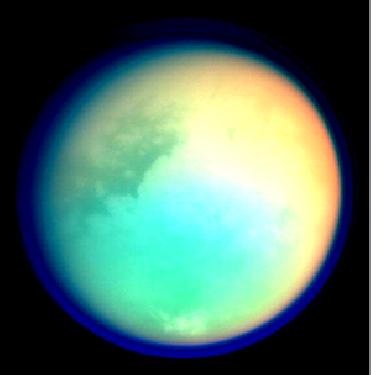 Next Article
Next Article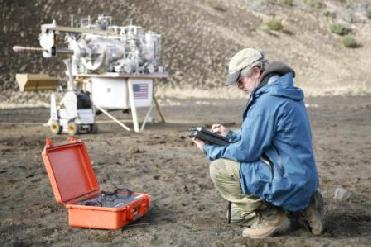
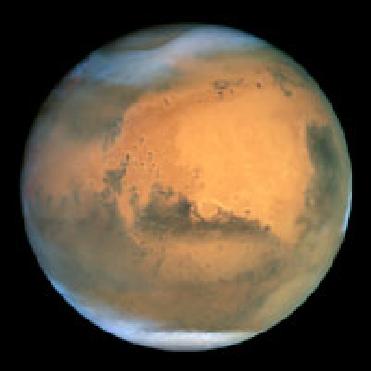
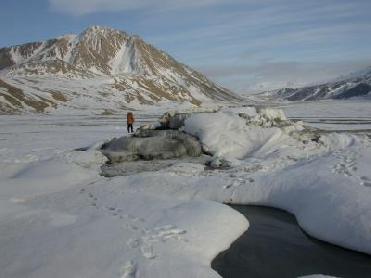
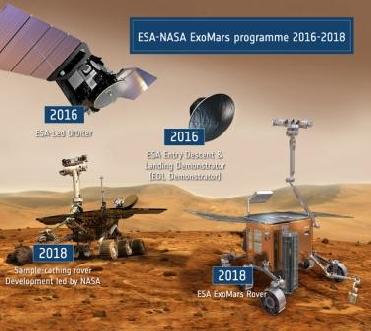










The Indian Air Force, in its flight trials evaluation report submitted before the Defence Ministry l..
view articleAn insight into the Medium Multi-Role Combat Aircraft competition...
view articleSky enthusiasts can now spot the International Space Station (ISS) commanded by Indian-American astr..
view article